
Translating Literature to Code
 Secondary - Grade 12
Secondary - Grade 12
This lesson merges the worlds of artificial intelligence (AI) and poetry. Students read a poem and decipher it to analyze tone, emotions, and symbolism.


This lesson merges the worlds of artificial intelligence (AI) and poetry. Students read a poem and decipher it to analyze tone, emotions, and symbolism.

A generative adversarial network (GAN) is a pair of duelling systems playing a game. The discriminative network has been trained to recognize, or discriminate among, types of data.

Serious games are games whose primary purpose is education and training as opposed to entertainment. They take advantage of the ability of computer games to attract and engage players/learners for a specific purpose such as to develop new knowledge or skills.
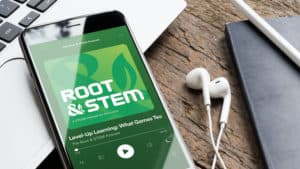
We’re excited to launch a new podcast, bringing you an audio version of everything you love about Root & STEM.

Self-guided Security Check Ups are simple things you can do with software you already have that can make a big difference to your safety online.

Software updates can do wonderful things: Protect against emerging security risks, improve your software and battery performance, fix software problems and make your device run more smoothly.

Encryption is a process that makes data inaccessible to anyone who doesn’t have the right key. Encryption is already used in many of the tech products and tools we use today, and forms the basis of security for everything from online shopping and banking, to your messages and browsing.

If your device happens to be damaged, compromised, lost or stolen, having a copy of your files on hand will help you get back up and running quickly and easily. Backup software can also help you restore previous versions of files in case you delete or damage them accidentally.

A web browser is an application that can take you anywhere on the internet. Simply put, it gets information from other places, and displays it on your device. The best browsers can do things to keep your information relatively private: They can stop or warn you before you visit unsecured or unencrypted websites. They can also be automatically updated to keep your browsing safer.

The more you engage and interact on the internet, the higher the chances that your privacy and safety could be violated. Learners will explore how someone could gain access to your email account, read your emails, or send emails in your name. How your emails could be read by the email service provider itself.

By now, most people know what a password is. A password is a secret code that you make up, usually with a combination of letters and numbers. It allows you to access your online accounts, such as email or banking. But when it comes to online safety, do you know how to choose passwords that will keep attackers at bay?

Two-factor authentication is an added layer of security used when logging into your accounts, such as email. It’s where access to your online accounts require not just a password but an additional, one-time code, sent to a device you trust, like your phone) as a way of verifying that it is you, and not someone else, trying to access your account.

Ransomware is malicious software that uses encryption to lock you out of your computer and make your files inaccessible. The attacker usually demands payment, and in return, promises to give you back access to your files. Learn about how to help prevent this and the resources available to you if you are ever a victim of a ransomware or malware attack.
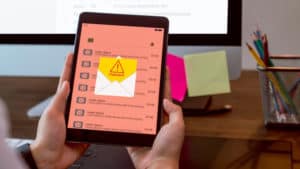
Learn how to help prevent an online attacker from getting your information, and accessing your accounts.Phishing is one of the most common types of online scams, and can happen to anyone. There are five simple tips the average computer user can keep in mind to spot, and thwart these phishing emails.
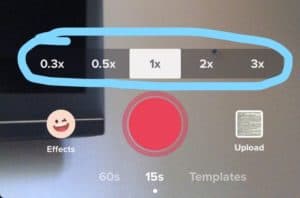
In this module, students share and discuss music videos on YouTube and their lyrics to identify elements of healthy and unhealthy relationships.

Learn how to make your own game with the Scratch Mix and Match Cards. Accept the challenge and make a game or story with the cards for this challenge!
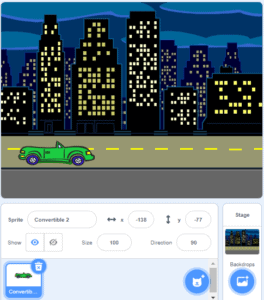
See what Pinnguaq is offering for online learning at home for the week of June 22nd to 26th.

In this series, the basics of Scratch will be introduced to provide learners with the foundational skills required to begin creating in Scratch.
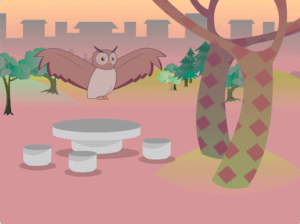
In this series, the basics of Scratch will be introduced to provide learners with the foundational skills required to begin creating in Scratch.
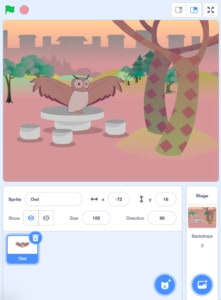
In this series, the basics of Scratch will be introduced to provide learners with the foundational skills required to begin creating in Scratch.

In this series, the basics of Scratch will be introduced to provide learners with the foundational skills required to begin creating in Scratch.

Scratch Mix and Match Cards Challenge #4. Accept the challenge and learn how to make a Choose your own Adventure game or story! Making your own games in Scratch is a fun way to learn how to code!
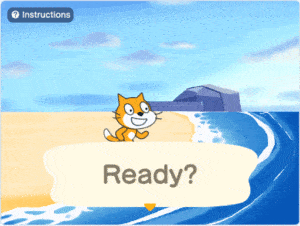
In this tutorial, you will learn about how conditional statements and a counter variable can be used to create a bouncing arrow animation in Scratch.
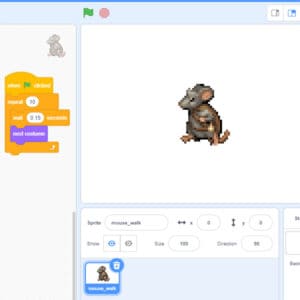
Create a basic four-frame walk cycle for a 32×32 character sprite from start to finish, then import that sprite into Scratch. A time-compressed video example of the process helps to illustrate the process.